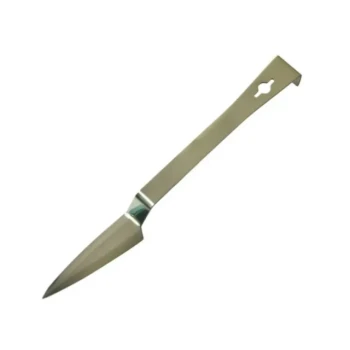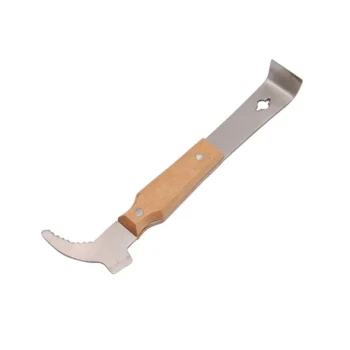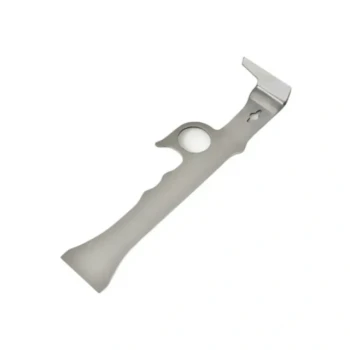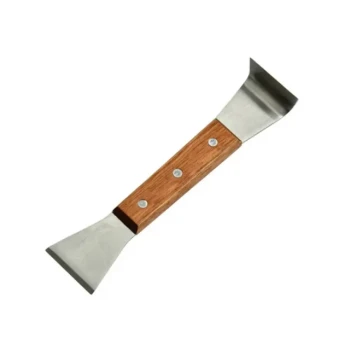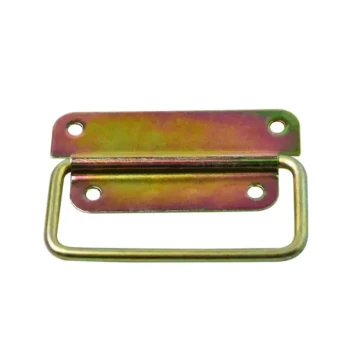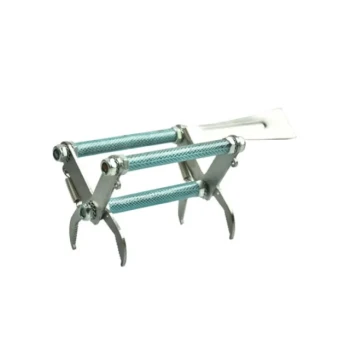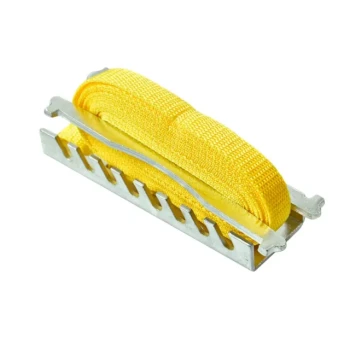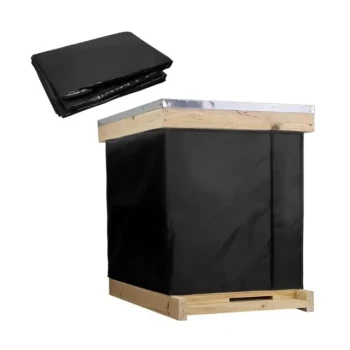The Kenyan Top Bar Hive (KTBH) is a single-story horizontal hive defined by its sloped sides and its use of simple wooden "top bars" instead of the complex, four-sided frames found in other hive types. This design encourages a different style of beekeeping focused on simplicity and minimal heavy lifting, as bees build their comb down from each individual bar.
At its core, the Kenyan Top Bar Hive is a choice for a specific beekeeping philosophy. It prioritizes a less intrusive, more natural approach over the high-yield, production-oriented design of the standard Langstroth hive.
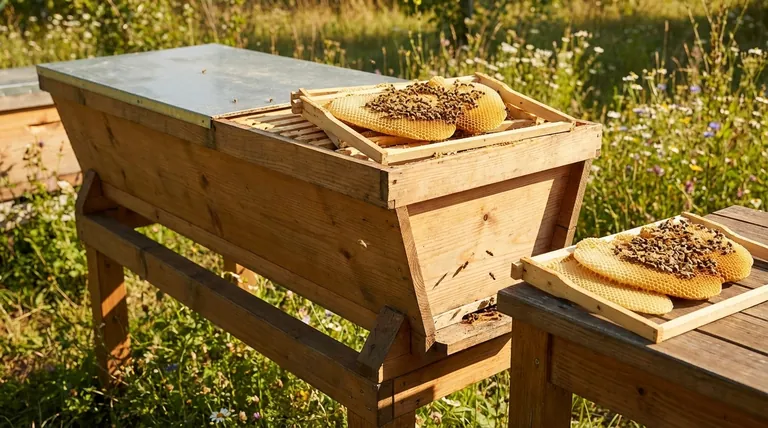
The Core Design Philosophy: A Horizontal System
The most significant feature of the KTBH is its horizontal layout, which fundamentally changes how a beekeeper interacts with the colony.
The Horizontal "Trough" Design
Unlike the vertically stacking boxes of a Langstroth hive, the KTBH is a long, horizontal trough. The colony expands sideways along the bars rather than upwards into new boxes.
This means the beekeeper never has to lift heavy boxes (or "supers") that can weigh over 50 pounds. All management happens by lifting one bar at a time.
The Role of the Top Bars
The hive gets its name from its signature component: the top bars. These are simple strips of wood that rest across the top of the hive body.
Each bar is precisely cut to a width of 1 3/8 inches (35mm). This measurement mimics the natural spacing bees use, encouraging them to build exactly one comb per bar and minimizing the chance they will attach combs together.
Inherently Foundationless
Because a KTBH uses only top bars, not full frames, it is an inherently foundationless system. Beekeepers do not provide sheets of wax or plastic foundation for the bees to build on.
The bees draw their own comb naturally from a small guide on the underside of the bar, resulting in comb with cell sizes of their own choosing.
Key Anatomical Features Explained
Several specific design elements are critical to the function of a Kenyan Top Bar Hive.
The Purpose of the Sloped Sides
The sides of a KTBH are angled inwards, typically at 30 degrees. This is not an aesthetic choice; it serves a crucial function.
This slope discourages the bees from attaching their comb to the hive walls. As the circular comb expands downwards, it naturally pulls away from the sloped sides, making each comb an independent unit that is easy to remove for inspection or harvest.
The Follower Board
A KTBH uses a solid panel called a follower board. This movable partition acts like an adjustable wall inside the hive.
The beekeeper uses it to control the size of the colony's living space. This helps a small colony manage temperature more efficiently and prevents them from building comb in unused areas of the hive.
Understanding the Trade-offs
The KTBH design offers clear benefits but also comes with significant limitations compared to the industry-standard Langstroth hive.
Pro: Simplicity and Less Heavy Lifting
The horizontal design is the KTBH's greatest advantage for many hobbyists. It eliminates the need to lift heavy boxes, making it physically accessible to more people.
Pro: Less Intrusive Inspections
Inspections can be less disruptive to the colony. A beekeeper can examine one comb at a time by lifting a single bar, leaving the rest of the brood nest undisturbed and unexposed.
Con: Fragile, Unreinforced Comb
Because the comb is only attached to the top bar and not supported by a four-sided frame, it is extremely fragile. It cannot be spun in a centrifugal extractor and can easily break if handled improperly or tilted sideways.
Con: Lower Honey Yield and Crush-and-Strain Harvesting
Harvesting honey involves cutting the comb off the bar and crushing it to release the honey. This process also harvests the beeswax, but it means the bees must rebuild the entire comb from scratch, which requires significant energy and results in a lower overall honey yield.
Making the Right Choice for Your Goal
The KTBH is an excellent hive, but it is not for every beekeeper or every goal. Your personal beekeeping philosophy should guide your choice.
- If your primary focus is natural beekeeping and minimal heavy lifting: The KTBH is an outstanding choice that aligns perfectly with a less intensive, more bee-centric approach.
- If your primary focus is maximizing honey production or commercial beekeeping: The Langstroth hive remains the industry standard due to its efficiency, expandability, and ability to produce high volumes of extractable honey.
- If your primary focus is producing beeswax: The KTBH is an excellent system, as the crush-and-strain harvest method yields a consistent supply of clean beeswax.
Choosing a hive is about selecting the right tool that best aligns with your goals and how you wish to interact with your bees.
Summary Table:
| Feature | Description | Key Benefit |
|---|---|---|
| Horizontal Design | Single-story, trough-like hive. | Eliminates heavy lifting; colony expands sideways. |
| Top Bars | Simple wooden bars (1 3/8" wide). | Encourages one comb per bar; inherently foundationless. |
| Sloped Sides (30°) | Angled interior walls. | Prevents comb from attaching to walls for easy removal. |
| Follower Board | Movable partition inside the hive. | Allows beekeepers to control the colony's space for better temperature management. |
| Harvest Method | Crush-and-strain. | Yields both honey and beeswax, but bees must rebuild comb. |
Ready to Choose the Right Hive for Your Apiary?
Whether you're a commercial beekeeper focused on maximizing honey production or a distributor seeking reliable, high-quality equipment, the right tools are essential for success. HONESTBEE supplies durable beekeeping supplies and equipment through wholesale-focused operations, helping commercial apiaries and distributors build efficient and productive operations.
Let's discuss your specific needs: Contact our team today to find the perfect equipment solutions for your goals.
Visual Guide
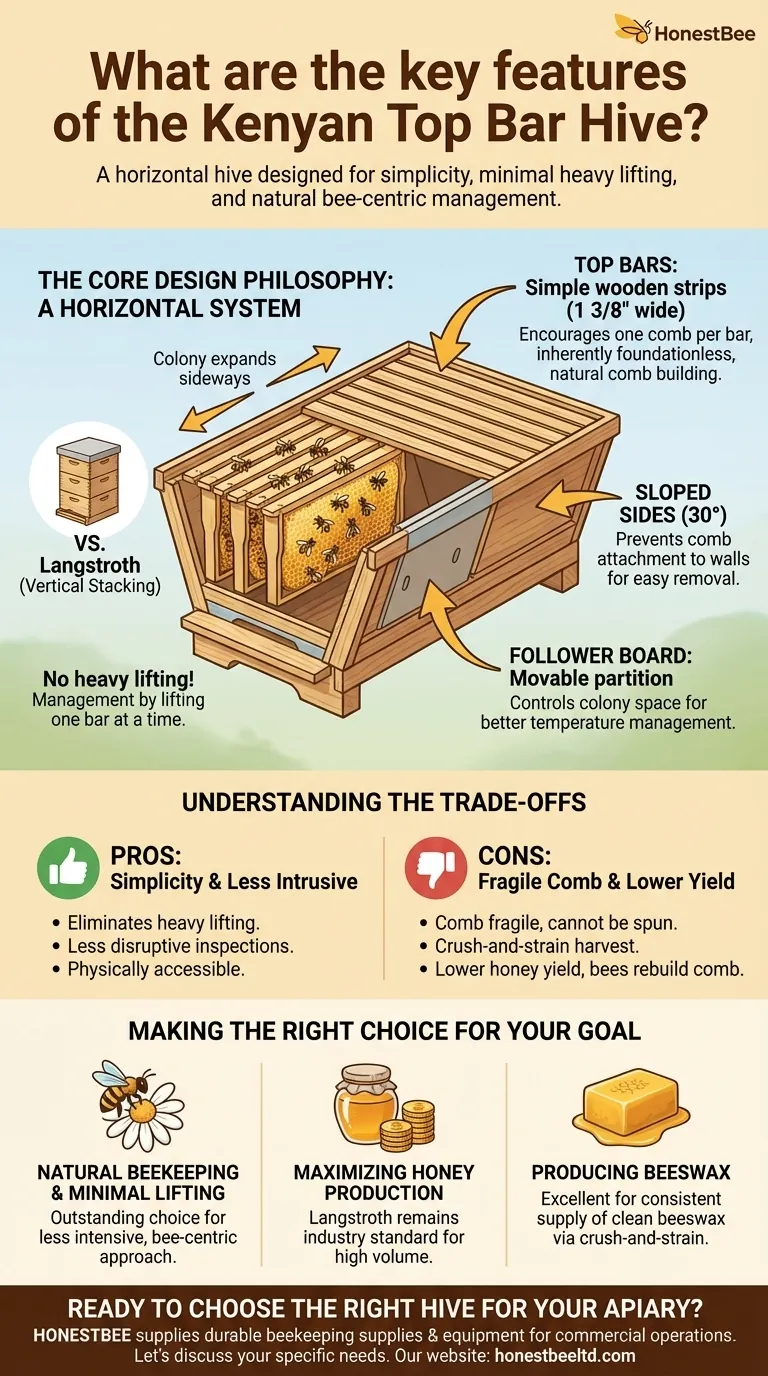
Related Products
- Top Bar Beehive for Beekeeping Wholesales Kenya Top Bar Hive
- Long Langstroth Style Horizontal Top Bar Hive for Wholesale
- HONESTBEE Professional Long Handled Hive Tool with Precision Cutting Blade
- HONESTBEE Professional Multi-Functional Hive Tool with Ergonomic Wood Handle
- Professional Engraved Round Hive Number Tags for Beekeeping
People Also Ask
- What is the quickest method to harvest honey from a top bar hive? A Guide to the Simple 'Cut and Crush' Method
- Which is better Kenya top bar hive or Langstroth? Choose the Right Hive for Your Goals
- How is honey harvested from a top-bar hive? A Guide to Simple, Low-Equipment Processing
- How should a beekeeper prepare a top-bar hive for overwintering? A Guide to Ensure Colony Survival
- Why are hive inspections easier with Top Bar Hives? Achieve a Calmer, Safer Approach to Beekeeping


